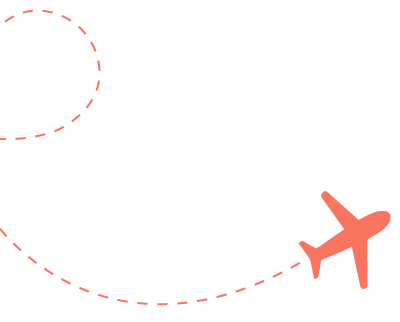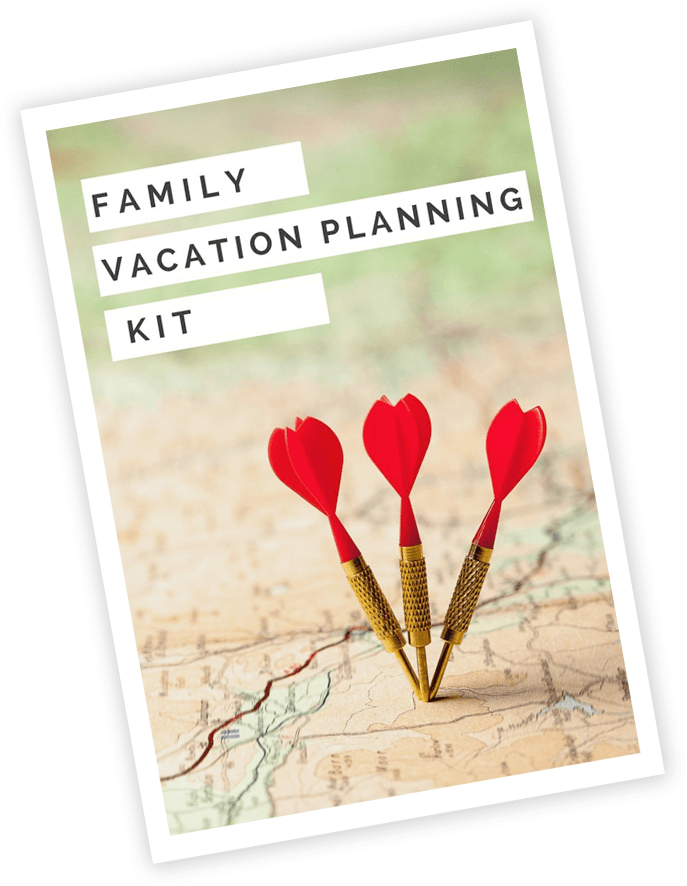Flying can be exhausting, but getting actual sleep on a plane feels nearly impossible. Between crying babies, engine noise, and cramped seats, your body fights against rest at 30,000 feet. However, seasoned travelers know that the right gear and strategies can transform even the most uncomfortable flight into a surprisingly restful experience. These 14 proven essentials will help you arrive at your destination refreshed instead of zombie-tired.
1. A Contoured Eye Mask (True Blackout)
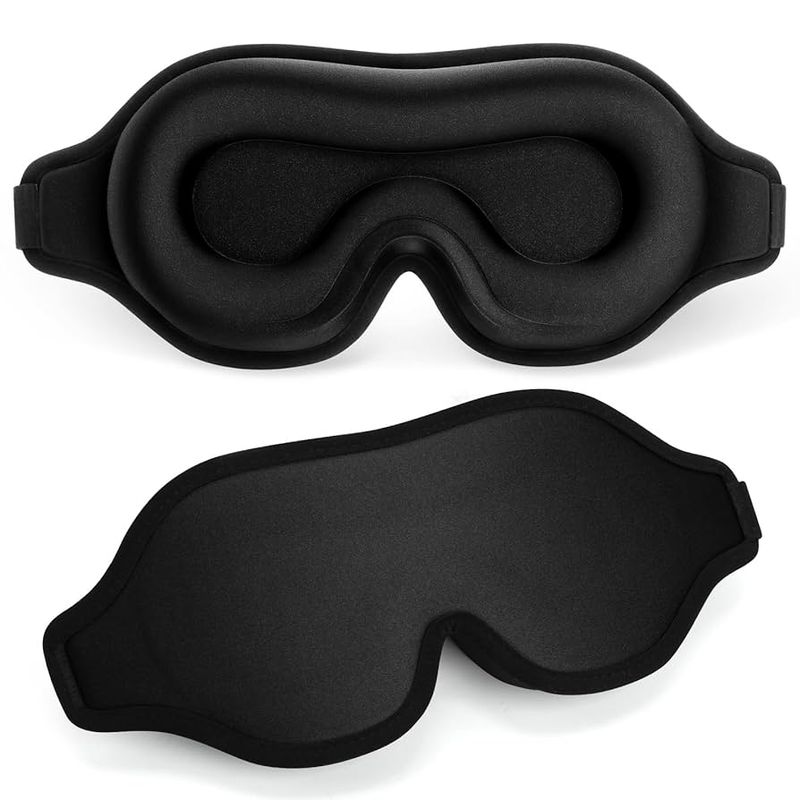
Complete darkness signals your brain to produce melatonin, the hormone that makes you sleepy. Most airplane eye masks are flimsy pieces of fabric that let light leak through the edges.
Cup-style masks create a seal around your eyes without pressing on your eyelids, allowing you to blink comfortably. Clinical studies prove that combining eye masks with earplugs dramatically improves sleep quality in noisy, bright environments like airplane cabins.
The contoured design prevents the mask from shifting during sleep, maintaining complete blackout throughout your flight.
2. High-NRR Foam Earplugs
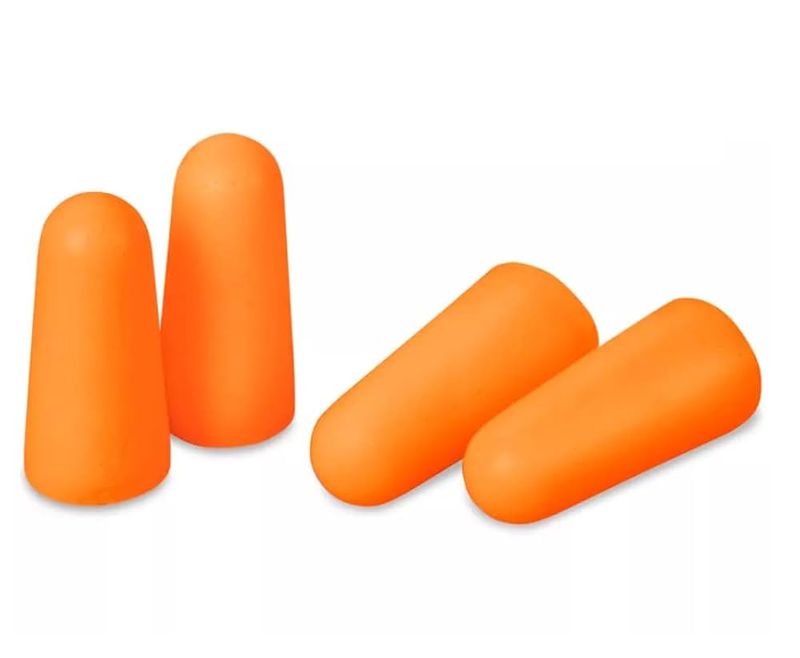
Airplane engines create a constant 75-85 decibel roar during cruise, with even louder spikes during takeoff and landing. This noise level makes quality sleep nearly impossible without protection.
High-quality foam earplugs with strong Noise Reduction Ratings cut through that background din effectively. Rolling them down small, inserting them deep into your ear canal, then holding them while they expand creates a proper seal.
Research published in Nature confirms that reducing ambient noise significantly improves sleep onset and quality, making earplugs essential for airplane rest.
3. Noise-Canceling Headphones (ANC)
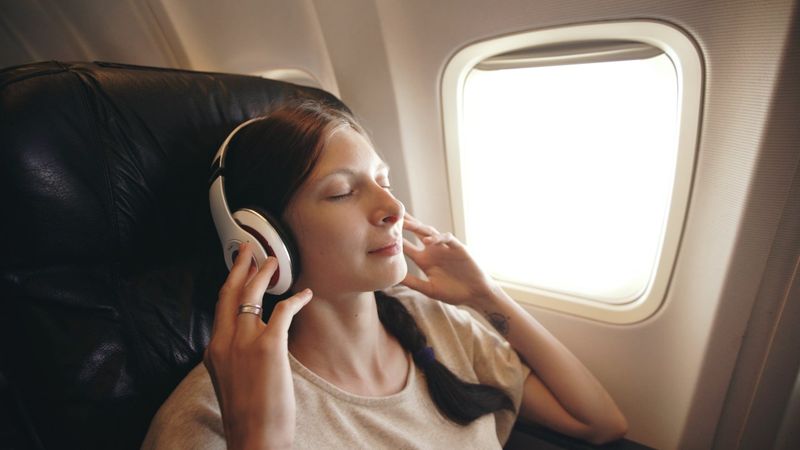
Active Noise Cancellation technology specifically targets the low-frequency engine hum that penetrates regular earplugs. Sleep experts consistently recommend ANC headphones as essential airplane sleep aids.
These headphones work by generating sound waves that cancel out ambient noise, creating a peaceful bubble around your head. You can layer them over earplugs for maximum quiet or play calming audio at low volumes.
Download relaxing sounds or white noise before your flight since airplane WiFi is unreliable. Keep volumes modest to protect your hearing during long flights.
4. A Supportive Travel Neck Pillow
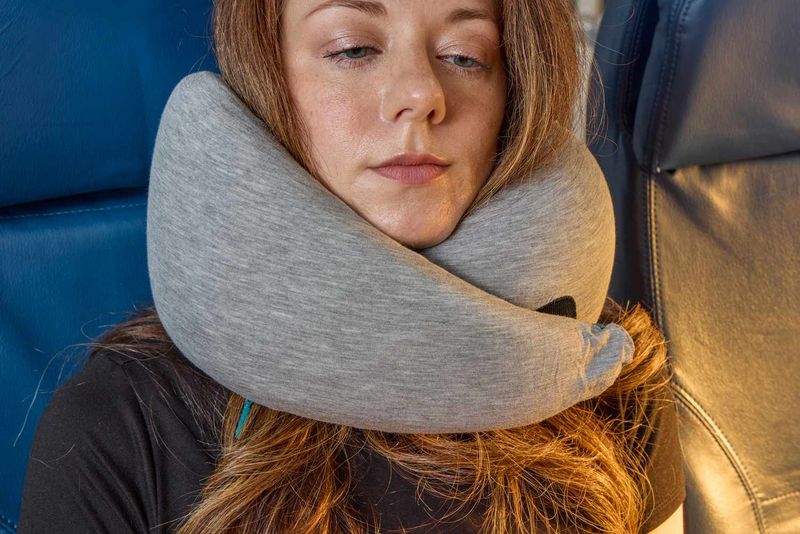
Your head weighs about 10-12 pounds, and without proper support, it will bob forward or sideways, waking you up repeatedly. Traditional U-shaped pillows often fail because they don’t prevent forward chin drops.
Look for designs that wrap around your neck and provide support in multiple directions. Some innovative models have adjustable straps or memory foam that molds to your specific neck curve.
Sleep organizations specifically include neck support among their practical airplane sleep recommendations because proper spinal alignment reduces muscle strain and allows deeper rest.
5. Graduated Compression Socks (15-30 mmHg, Below-Knee)
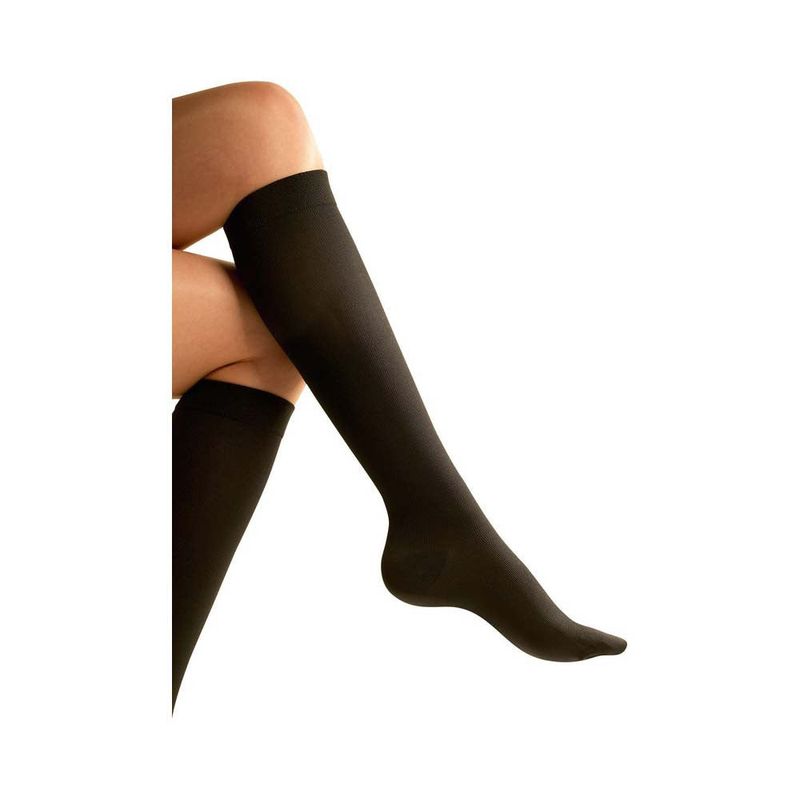
Long flights cause blood to pool in your legs, creating uncomfortable swelling and increasing your risk of dangerous blood clots. Randomized clinical trials prove compression stockings significantly reduce these risks.
The graduated pressure helps your circulation keep moving, preventing that heavy, uncomfortable feeling in your legs. Choose medical-grade compression between 15-30 mmHg for optimal benefits without discomfort.
Put them on before boarding and keep them on throughout the flight. Even with compression socks, you should still get up and walk every couple hours for maximum circulation benefits.
6. A Hydration Setup (Empty Bottle + Water Refills)
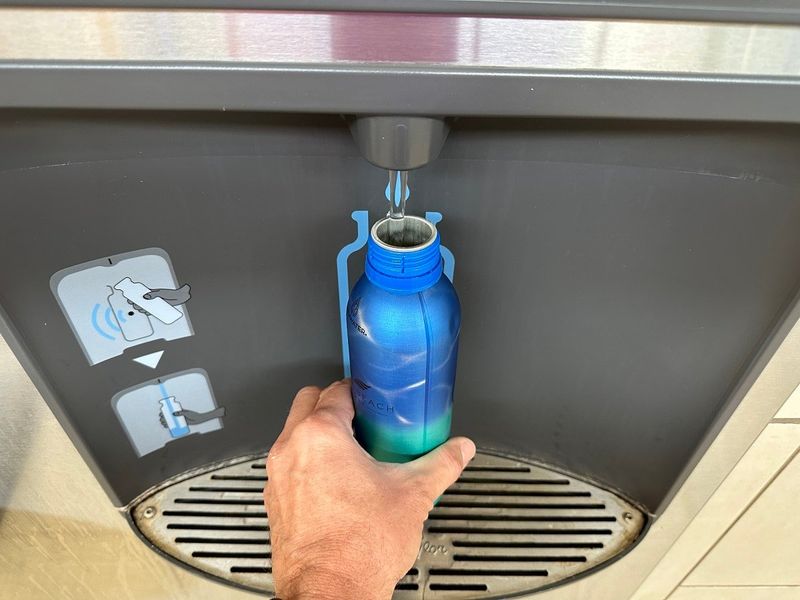
Airplane cabins are incredibly dry, often dropping to just 10% humidity during flight. This desert-like environment dehydrates you quickly, making sleep more difficult and leaving you feeling terrible.
Bring an empty water bottle through security and fill it at water fountains or ask flight attendants for refills. Sip regularly throughout your flight rather than waiting until you feel thirsty.
The CDC specifically recommends staying hydrated and avoiding alcohol near sleep times when dealing with jet lag. Proper hydration helps your body regulate temperature and maintain comfort for better rest.
7. Dry-Air Relief Kit (Saline Nasal Spray + Lubricating Eye Drops + Lip/Hand Balm)

Aircraft cabins commonly drop to around 10% relative humidity, causing your eyes, nose, and skin to dry out uncomfortably. This makes sleeping nearly impossible as you constantly feel irritated.
A simple kit with preservative-free saline nasal spray, lubricating eye drops, and quality lip and hand balm provides immediate relief. One or two sprays in each nostril and a drop in each eye works wonders.
Reapply lip and hand balm as needed throughout the flight. These simple moisturizers counteract the harsh cabin environment and help you stay comfortable enough to actually fall asleep.
8. Layers + A Compact Travel Blanket or Big Scarf
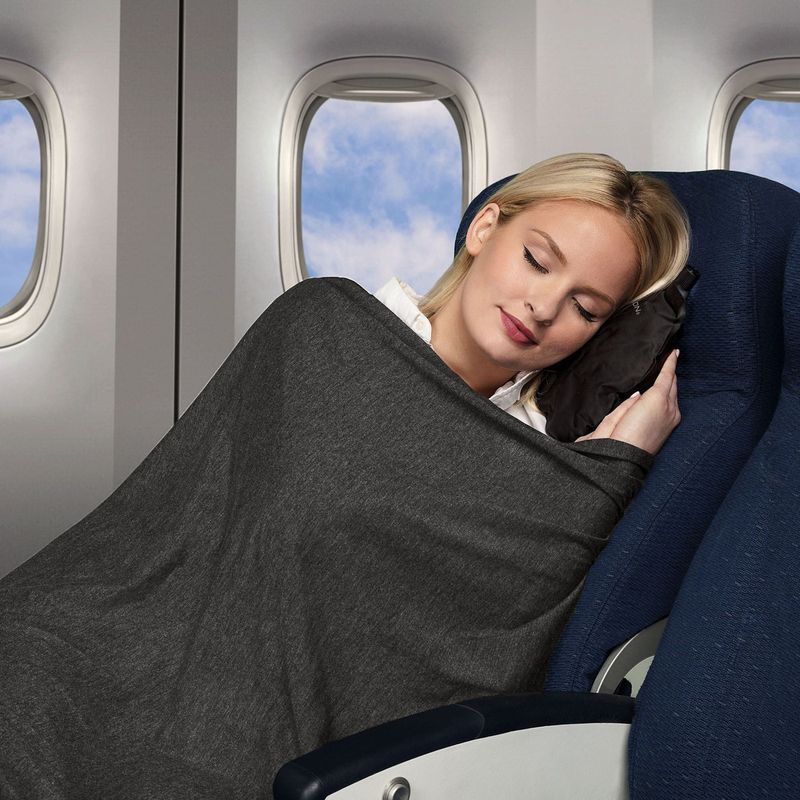
Airplane temperatures fluctuate unpredictably, and you might find yourself freezing under an air conditioning vent or sweating in a warm cabin. Temperature control is crucial for quality sleep.
Dressing in layers gives you flexibility to adjust your comfort level throughout the flight. A hoodie, comfortable socks, and a large scarf or compact travel blanket create an instant sleep cocoon.
Keep your seatbelt visible over your blanket so flight attendants don’t need to wake you during service. Sleep experts specifically recommend layering and bringing blankets as essential airplane sleep strategies.
9. Melatonin (For Time-Zone Jumps)

Strong evidence from randomized trials shows that 0.5-5mg of melatonin taken near your destination’s bedtime significantly reduces jet lag after crossing multiple time zones.
The CDC includes melatonin timing in their official jet-lag strategies, and it’s particularly effective for eastward travel. Take it for a few nights starting with your first night at your destination.
Always discuss supplements with your doctor first, and buy from reputable brands. Skip melatonin if you’re driving after landing or if your healthcare provider advises against it for your specific situation.
10. Calming Audio/White Noise Downloaded Offline
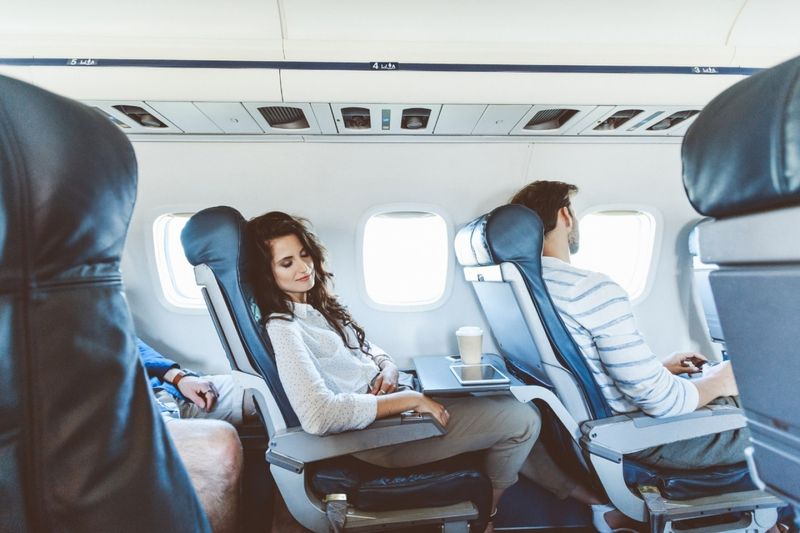
Relaxation audio helps counter the natural arousal response your body has to being in a strange, noisy environment. Sleep experts recommend combining calming sounds with noise-canceling headphones or earplugs.
Download your favorite sleep sounds, meditation tracks, or white noise before your flight since airplane WiFi is unreliable and expensive. Nature sounds, rain, or gentle music work well for most people.
Put your phone in airplane mode and set a sleep timer so the audio doesn’t drain your battery or play all night. This combination masks cabin noise while promoting relaxation and sleep onset.
11. Inflatable Footrest or Foot Sling (If Your Airline Permits It)
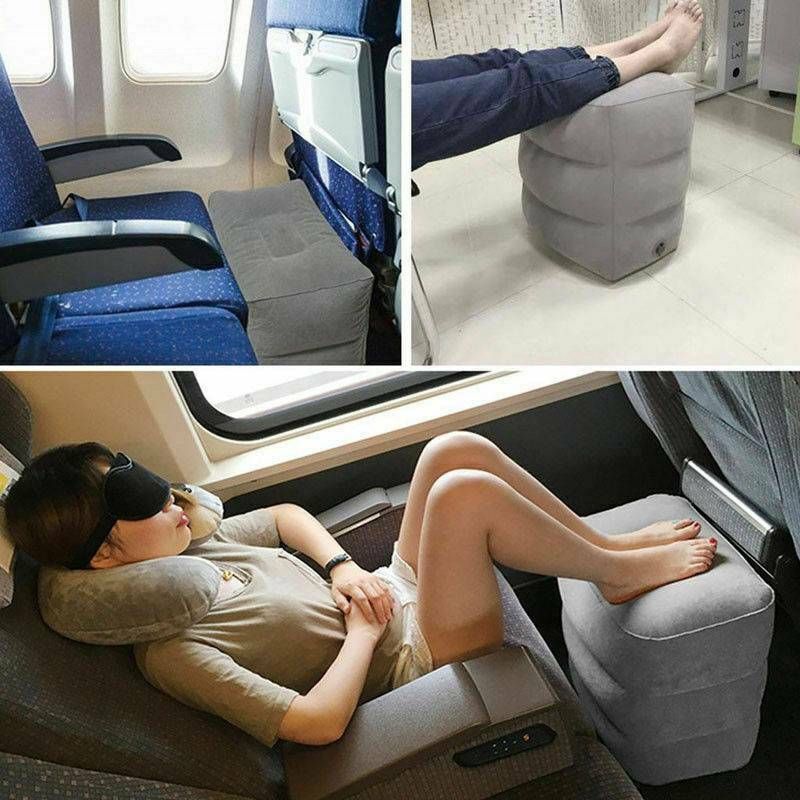
Changing your leg position during long flights eases lower-body fatigue and improves circulation. Some airlines allow small inflatable footrests that don’t block aisles or emergency exits.
These devices help you find a more comfortable sleeping position by supporting your legs and reducing pressure on your lower back. They’re particularly helpful for shorter passengers whose feet don’t touch the floor.
Always check your airline’s specific rules before using any inflatable device, and don’t block aisles or emergency access. You should still stand and stretch every couple hours to reduce stiffness and DVT risk.
12. Inflatable Lumbar Pillow (Or A Small Roll)
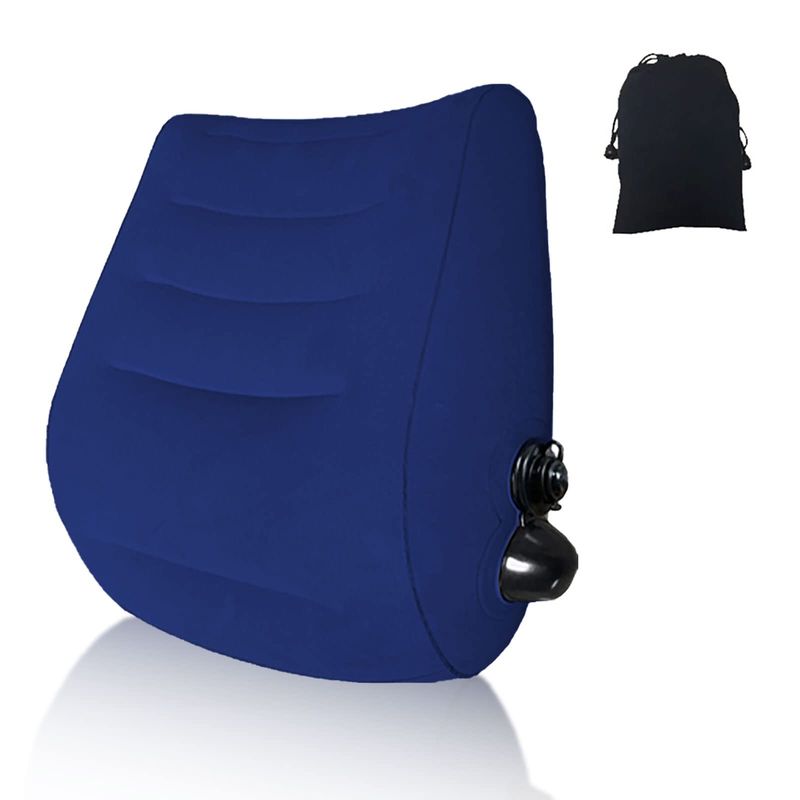
Airplane seats are designed for average body types, leaving many passengers without proper lower back support during long flights. Added lumbar support reduces spinal load and back-muscle activity.
Place the pillow or roll at your belt line, not mid-back, and recline your seat slightly if possible. This maintains your spine’s natural curve and prevents the slouching that leads to back pain and discomfort.
Research published in BioMed Central shows that proper lumbar support during prolonged sitting significantly improves comfort, which directly translates to better chances of falling asleep and staying asleep during flights.
13. Blue-Light Control
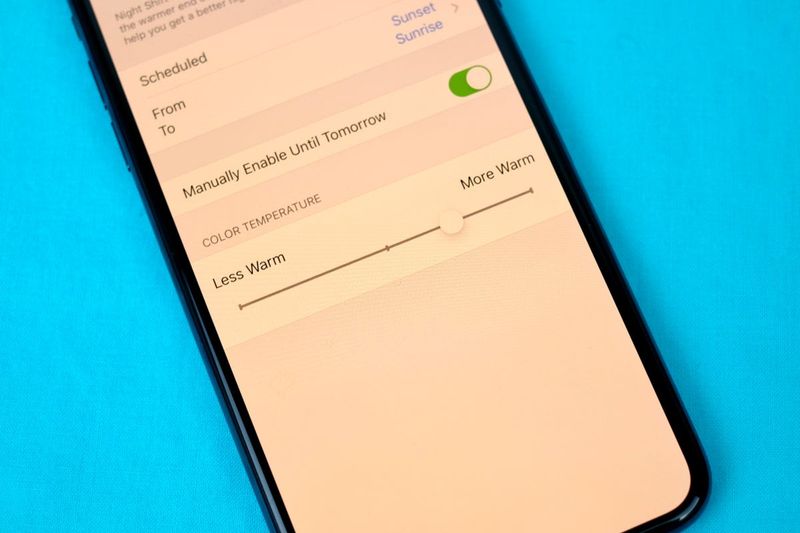
Evening blue light from screens suppresses melatonin production and delays sleep onset, making it harder to fall asleep on night flights or when trying to adjust to new time zones.
Most devices have built-in night mode or warm display settings that reduce blue light emission. Activate these features 1-2 hours before you plan to sleep, or better yet, avoid screens entirely.
Sleep Foundation research confirms that controlling blue light exposure is crucial for maintaining healthy sleep patterns, especially when traveling across time zones. Your phone’s “night shift” or similar settings make a real difference in sleep quality.
14. The Right Seat (Yes, It’s An Essential)
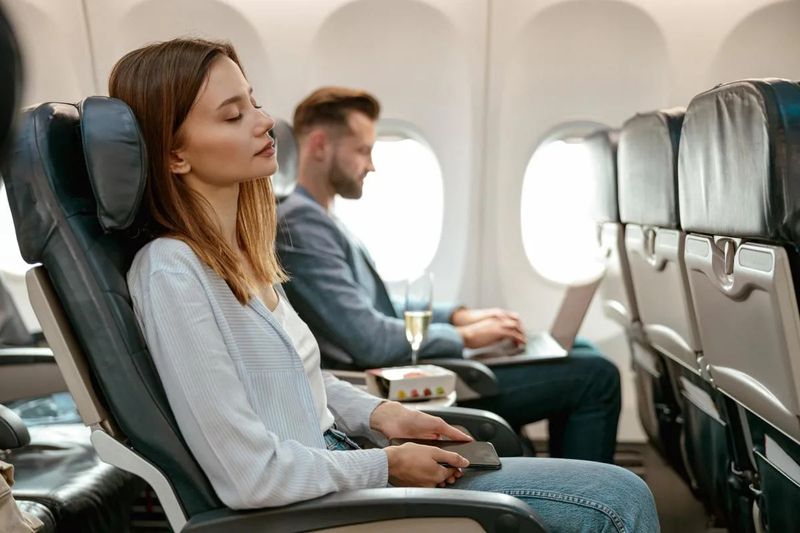
Window seats provide the most stable sleeping environment because you can lean against the wall without being jostled by passing passengers or crew. Multiple expert sleep guides identify window seats as optimal for rest.
Avoid rows near galleys, lavatories, or emergency exits where noise and foot traffic are constant. Choose your seat during booking rather than hoping for upgrades or changes later.
Adjust the headrest wings to cradle your head, and use the window as a stable surface to lean against. This positioning minimizes disruptions and gives you control over your immediate environment for better sleep quality.


